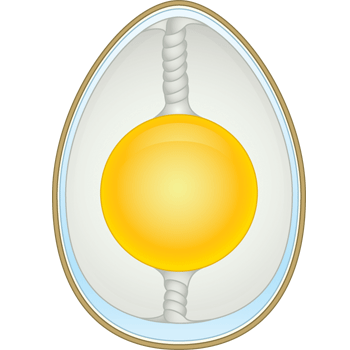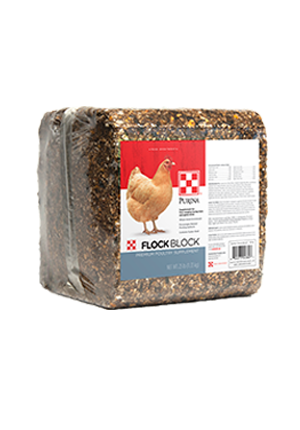
Why Homegrown Eggs Are Better
Flock Management : Egg Benefits

There’s something special about being able to walk out your to your backyard and grab a few eggs for breakfast.
Being in control of your own food supply provides peace of mind. You know your chickens are getting the nutrition they need, you know your chickens are being treated humanely and you know the freshness and quality of your family’s food.
Giving your hens properly designed, high-quality feeds provides you and your families with the best eggs possible. It is trickle-down nutrition at its functional best and answers the age old question that it’s not the chicken or the egg, but in fact it’s the chicken AND the egg. If you put it in the hen, she will put it in the egg.Being in control of your own food supply provides peace of mind. You know your chickens are getting the nutrition they need, you know your chickens are being treated humanely and you know the freshness and quality of your family’s food.
Anatomy of an Egg

Shell – The shell is the grainy textured surface that protects the egg. It is semi-permeable, which means air and moisture can pass through its pores. The shell is made up of calcite.
Yolk – The yolk contains most of the vitamins and minerals found in the egg, including iron, vitamin A, vitamin D, phosphorus, calcium, thiamine and riboflavin. The yolk’s color can change depending on what the hen is being fed. The vitelline membrane is a clear casing that encloses the yolk.
Albumen – The albumen is what’s known as the egg white. The egg white contains many of the eggs proteins. Chalazae are “ropes” found in the albumen that keep the yolk centered.
Inner and Outer Membrane – There are two membranes in an egg, both found in between the eggshell and egg white. They help to protect against bacteria and are quite strong.
Air Cell – The air cell is a space that grows as the egg ages. It accounts for the indentation you’ll see in a hardboiled egg.
Egg Color
When you think eggs, do you think of the classic white-shelled eggs found at the grocery store? Maybe you’ve seen the brown tinted eggs, often associated with locally raised chickens, but did you know you could also have mint green, light blue and pink eggs? It all depends on which breed of chicken they came from. Pigments deposited as the eggs move through the hen’s oviduct cause the difference in shell coloring, but they don’t change the taste of the egg inside.White Leghorns are known for being great producers of white eggs; you can get a variety of brown-tinted eggs from breeds like Rhode Island Reds, Jersey Giants, Delawares and Orpingtons. Marans are a popular small-flock breed that are known for producing dark brown, even copper colored eggs. If you’re looking to gather more colorful eggshells though, look no further than the Ameraucana which is the breed best known for laying blue and blue-green eggs.
http://www.exploratorium.edu/cooking/eggs/eggcomposition.html




